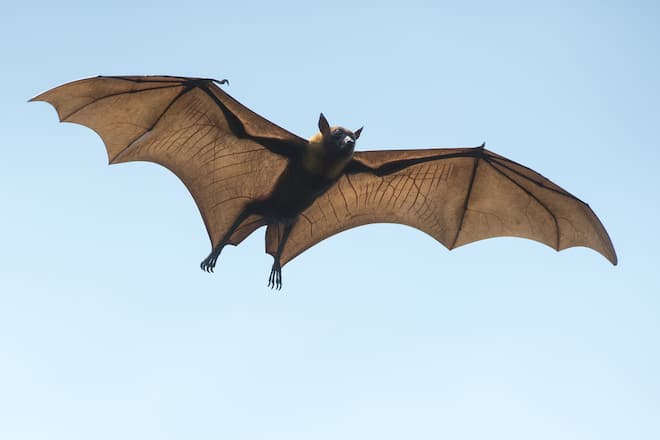Bat echolocation is a strategy employed by bats to visualize their environment and thrive mostly in the dark to either navigate or to seek prey. They do this by emitting a very high frequency by contracting their voice box. This leads many people to believe that bats are blind, but they use echolocation as just another tool to seek prey. Bats are not blind, but since they are nocturnal animals, and thrive at night, they use their echolocation as a way to navigate their surroundings with efficiency in order to eat. Humans are actually also capable of echolocation by using the same concept. This allows people to make a 3-d image of their environment in which they can navigate. There have been recorded instances where the majority of these people are actually blind.
If you have bats that need to be removed from your property, contact Bat Control.
Bats partake in several activities that have to do with their echolocation. Because this is their primary way to see their world, they are exceptionally dependent on it. They use their echolocation for several activities such as reconnaissance, hunting, and navigating. The bat produces a sound that bounces back and because of this, they can do every type of activity with ease.
Bats stay in caves, caverns, and forested areas. In recent years, their numbers have been dwindling due to a disease impacting the bat population at unforeseen numbers. This disease is called White-nose Syndrome. White-nose Syndrome is a fungal disease that is recognized by white markings on the nose.
Apart from this devasting disease, humans are another factor that prompts mass migration. Due to deforestation, bats are forced to leave their homes in search of alternatives and will end up in residential places. Bats, because of this, bats are seen in attics because it has similar environments to what bats are used to. Attics are dry, damp, and isolated because they are hardly visited. This gives bats the perfect opportunity to roost in colonies.
Certain bat species such as the Little Brown Bat are considered endangered species and have special rules surrounding their removal of them. There is a limited time when bats can be removed. They cannot be removed during their hibernation and during their mating season. This makes spring the best time to have them removed. Technicians are aware of the timing and thus professionals should be consulted and hired. For more information, contact the customer service specialists from Bat Control!
